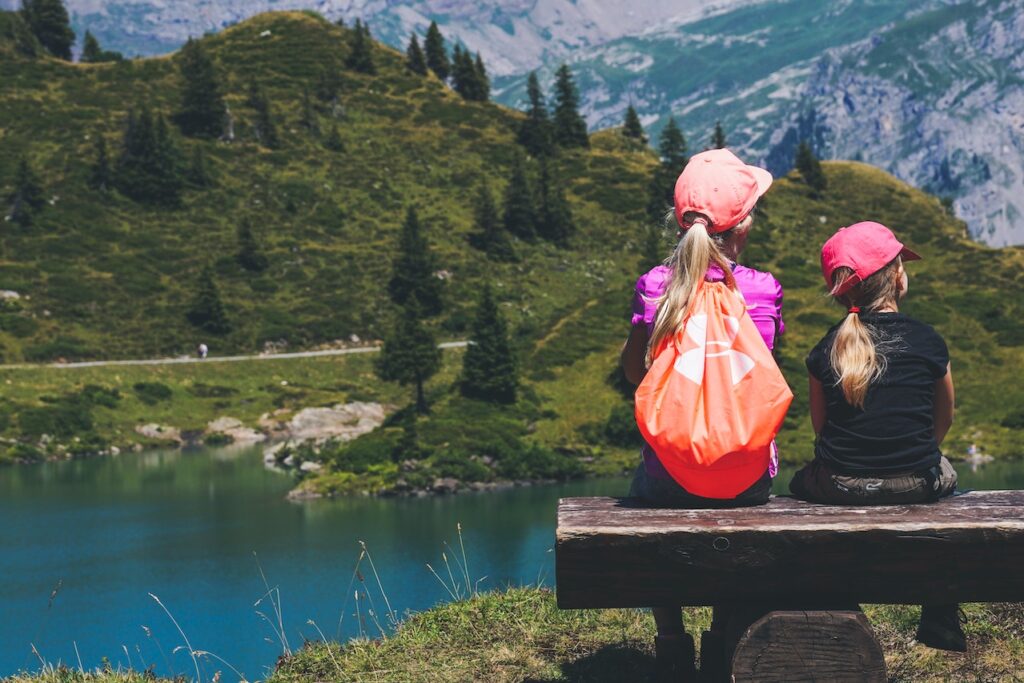Exploring the great outdoors as a family can be an incredible experience, allowing you to create lasting memories and strengthen the bonds between parents and children. Hiking, in particular, offers a wonderful opportunity to connect with nature, discover new places, and embark on exciting adventures together. However, when planning a family hike, it’s essential to consider the different ages and abilities of your children. By tailoring the hiking experience to each child’s age, you can ensure that everyone has an enjoyable and safe journey. In this article, we will delve into the art of tailoring hiking experiences for every age in the family, from the youngest tots to the adventurous teens.

1. Tots (Ages 2-5)
When hiking with toddlers, it’s important to keep the focus on exploration and sensory experiences. Choose trails that are short, flat, and easily manageable for their little legs. Look for trails with interesting features such as streams, bridges, or colorful flora to engage their curiosity. Incorporate fun activities along the way, like collecting leaves or stones, or playing nature-themed games. Bring along snacks, water, and extra layers to ensure their comfort throughout the hike. Don’t forget to bring a carrier or stroller for when those tiny legs need a break.
2. Young Children (Ages 6-9)
As children grow, they develop more stamina and curiosity about the world around them. Look for trails that offer a bit more challenge, such as gentle inclines or longer distances. Involve them in the planning process by allowing them to choose between a few trail options. Encourage them to take breaks and enjoy their surroundings by playing “I Spy” or identifying different plants and animals. Provide them with a small backpack to carry their own water bottle, snacks, and a nature journal to document their discoveries. Remember to set a comfortable pace and allow for plenty of breaks to rest and refuel.
3. Preteens (Ages 10-12)
At this age, children are ready for more adventurous hikes that offer a greater sense of accomplishment. Look for trails with moderate difficulty levels and varied terrain, such as rocky paths or forested areas. Involve them in the planning process by discussing the route, landmarks, and any interesting features they might encounter. Encourage them to take the lead and navigate with a map or compass. This is also a great age to introduce basic hiking safety, such as trail etiquette, understanding weather conditions, and packing essential gear. Consider incorporating team-building activities or challenges along the trail to keep them engaged and motivated.
4. Teens (Ages 13 and above)
Teenagers are often seeking new challenges and independence. Engage their adventurous spirit by choosing more challenging hikes with steep ascents, longer distances, or rugged terrain. Look for trails that offer breathtaking views or unique natural formations to captivate their interest. Encourage them to take on leadership roles, such as planning the hike or navigating with GPS. Allow them to document the journey through photography or videography, giving them a creative outlet to express themselves. Consider incorporating overnight camping trips or multi-day hikes to provide them with a sense of accomplishment and self-reliance.
Safety Considerations for Every Age Group
Regardless of age, safety should always be a top priority when hiking with your family. Here are some essential safety considerations to keep in mind:
- Check weather conditions and dress appropriately for the hike.
- Pack essential gear, including a first aid kit, plenty of water, snacks, a map or GPS device, and extra layers.
- Teach children about trail etiquette, such as yielding to others, staying on designated paths, and leaving no trace.
- Educate your family about potential hazards, such as wildlife encounters or poisonous plants, and how to react if they occur.
- Set clear expectations and rules for behavior during the hike, including staying together, not wandering off, and respecting nature.
By tailoring hiking experiences to each age group, you can ensure that every member of your family feels engaged, challenged, and connected to nature. Remember, the goal is to create positive and memorable experiences that foster a love for the outdoors and strengthen the family bond. So, lace up your hiking boots, grab your backpacks, and embark on an adventure that will be cherished by your family for years to come. Happy hiking!
